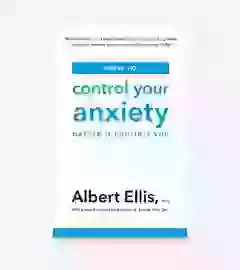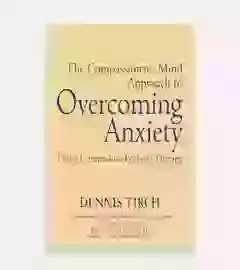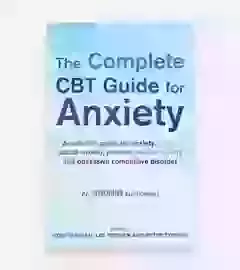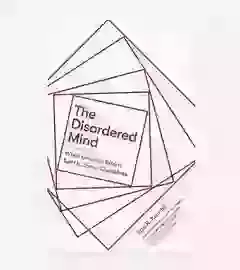How Can I Help Myself?
Health professionals classify emotional or psychological problems in order to describe them succinctly and to identify appropriate treatment options. The following are the most common diagnoses of problems related to fear, worry or anxiety.
Phobias
A phobia is a fear that is inappropriately intense and/or which may lead to avoidance and affect your quality of life. Phobias generally don't diminish over time because the sufferer tends to avoid the thing he or she fears. There are three main types of phobia. Simple phobias are fears of specific objects or situations (brontophobia, for example, is the fear of thunder). Social phobias are fears of a range of situations where you may be exposed to evaluation (such as public speaking). Agoraphobia is the fear of leaving a place of safety. It is often associated with panic (see below) because the fear response is very powerful.
Panic
A 'panic attack' is an intense feeling of apprehension coupled with a very powerful physical reaction. Sufferers sometimes find themselves fighting for breath, experiencing chest pains, unable to see clearly and feeling very frightened. Overbreathing, or hyperventilation, is a common experience during panic, and it produces even more distressing symptoms, such as dizziness and ringing in the ears. There can be a wide range of triggers for a panic attack. Panic frequently occurs in combination with other anxiety disorders and is often made worse by the sufferer jumping to frightening conclusions.
Generalised Anxiety Disorder
Generalised Anxiety Disorder (GAD) describes persistent, pervasive feelings of anxiety that give rise to what seems like constant physical and mental discomfort. Sufferers feel as if they are perpetually on edge. GAD is thought to be underpinned by many different worries, or by the misinterpretation of a wide range of situations as threatening.
Obsessive Compulsive Disorder
Obsessive Compulsive Disorder (OCD) describes a compulsion to carry out particular acts or to dwell on certain mental images or thoughts in order to feel at ease. So you might feel compelled to repeatedly check that switches or turned off, or to repeat reassuring phrases to ensure the safety of members of your family. A perceived threat triggers a worrying thought, and this compels the sufferer to carry out a reassuring mental or physical activity. Often OCD is maintained by avoidance: for example, you might restrict the behaviour of your children out of fears about their welfare, and thereby never learn that those fears are bearable.
Physical problems and hypochondriasis
Sometimes physical symptoms are the first sign that we are overstressed. Typical physical symptoms are difficulty with sleeping, stomach and digestive problems, raised blood pressure, difficulty in swallowing, nausea and diarrhoea.
Hypochondriasis refers to distress in response to perceived symptoms. It is often associated with extra sensitivity to normal bodily sensations and/or a preoccupation with the fear of catching a serious disease. The worries are so strong that sufferers tend to be resistant to reassurance, despite constantly seeking reassurances. The problem is maintained by constant checking for signs of illness.
Burn-out
This is a recently coined term for a reaction to constant stress that tends to go unnoticed until the sufferer, or someone close realizes that he or she is not coping. The symptoms are similar to those of other anxiety-related disorders but tend to be more pronounced because the stress is ignored until it has become quite severe.
Post-Traumatic Stress Disorder
Post-Traumatic Stress Disorder (PTSD) is a stress reaction that follows unusually traumatic events. The main features, accompanied by classic symptoms of anxiety, are recurrent, vivid memories or dreams of the event. Sometimes the effect is a deadening of the emotions. Usually, the PTSD response fades without intervention, but for some people, it becomes a longer-term problem, particularly if they avoid places or issues that stimulate memories of the traumatic event.




























